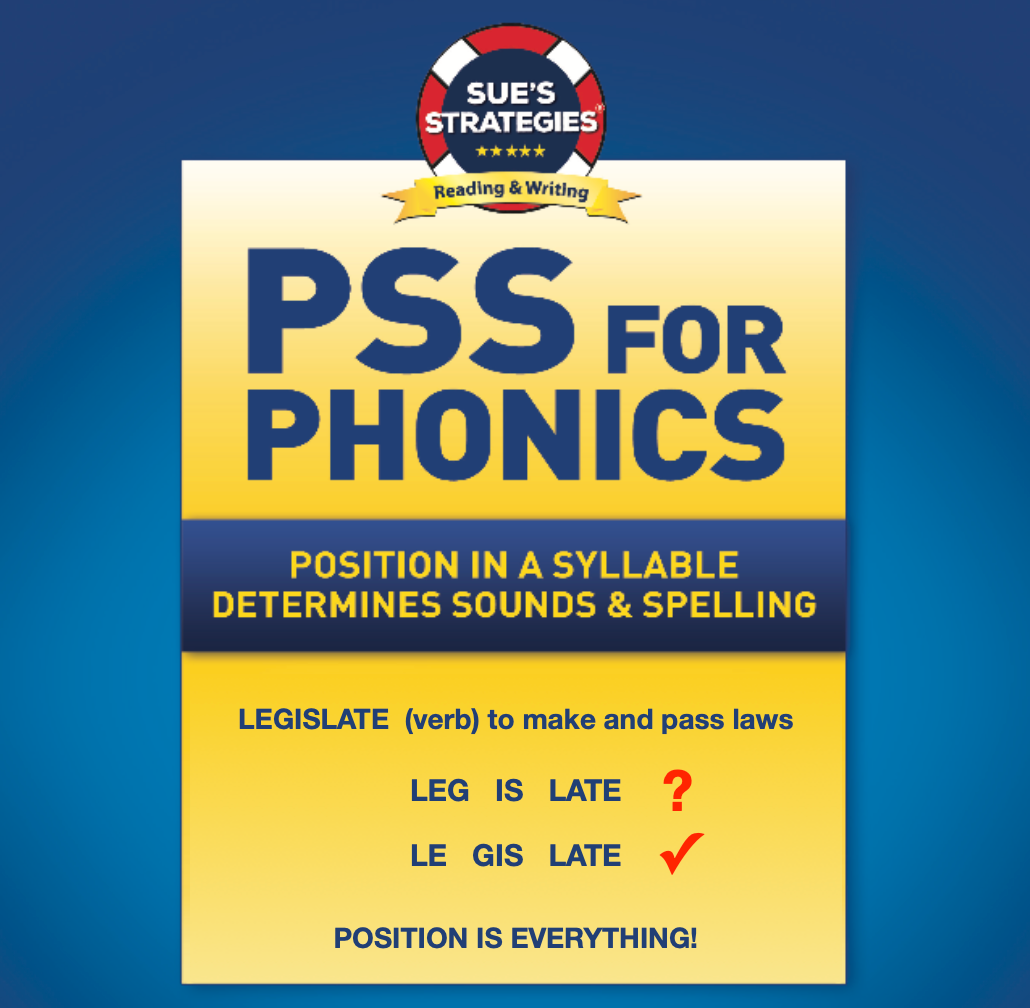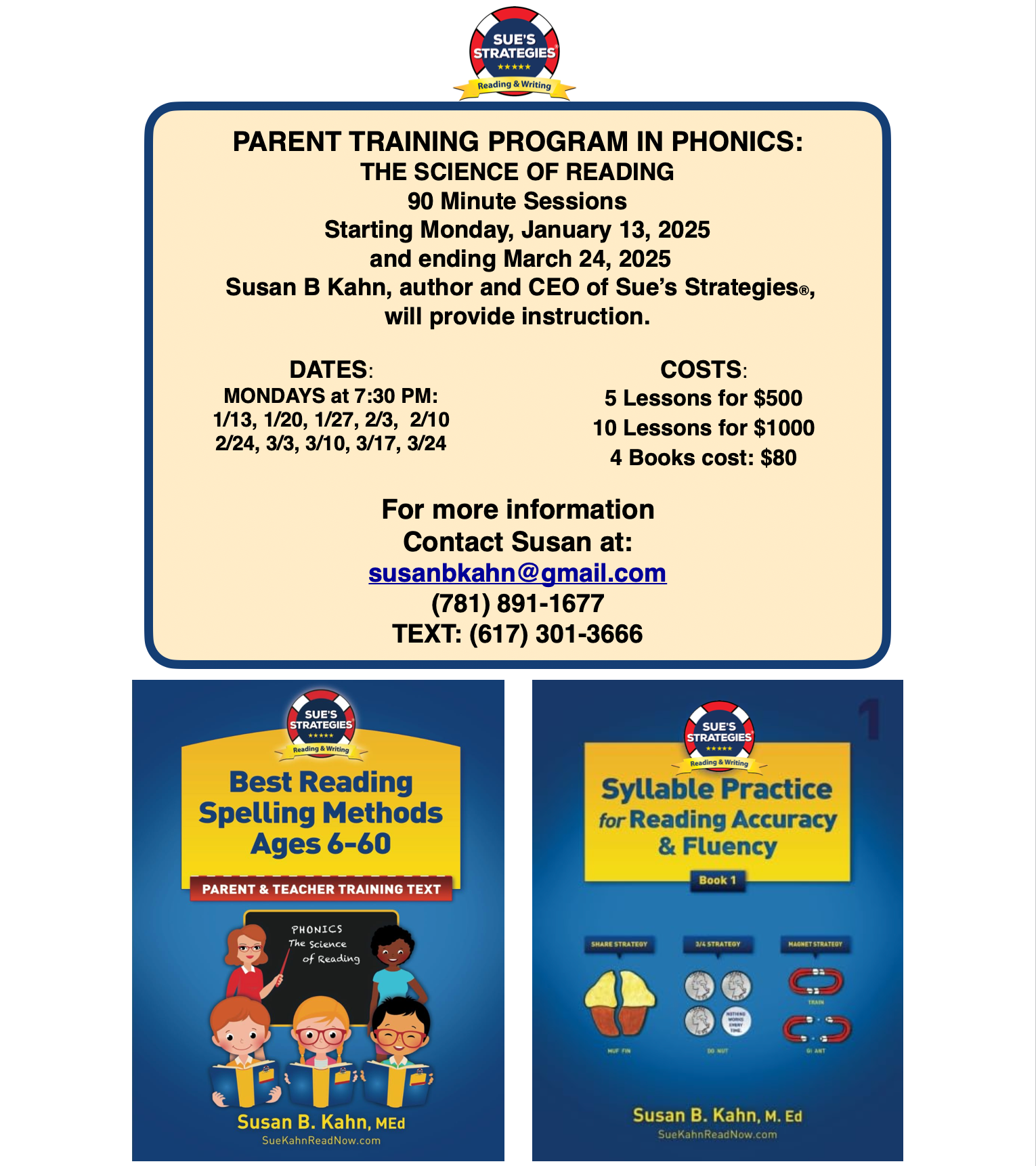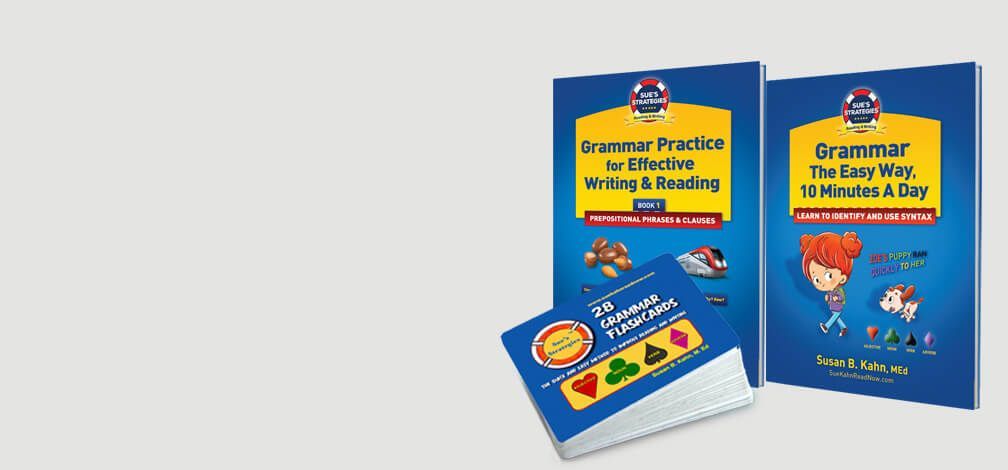Why Massachusetts needs a Literacy Law?
Why Massachusetts needs a Literacy Law?
WHAT IS THE PROBLEM?
68% of our 4th and 8th graders have failed for many years to pass proficiency tests in reading, and 30% of these children lack basic reading skills. These statistics come from NAEP, National Assessment of Educational Progress, which tests 4th and 8th graders every year.
WHAT IS CAUSING THE PROBLEM?
INEFFECTIVE, FAULTY READING METHODS!
Emily Hanford of American Public Media presented the facts clearly in her six, 2023 podcasts. Despite research by Stanislas Dehaene and Mark Seidenberg on the Science of Reading, educators continued to teach various forms of “3 Cueing” reading methods like those of Lucy Caulkins, Fountas & Pinnell, and Reading Recovery. Educators, including university professors, also ignored advice from the National Reading Panel of 2002 and the the National Institute of Health for Children because these institutions found that the best way to teach reading is with phonics. What a tragedy!
HOW CAN YOU HELP SOLVE THE READING CRISIS?
SUPPORT THE NEW BILLS ABOUT PHONICS NOW IN THE MA LEGISLATURE BY CONTACTING YOUR MA STATE REPRESENTATIVE AND YOUR MA STATE SENATOR TO VOTE FOR THESE BILLS.
Both S 263 & H579 are called: “An Act To Promote High-Quality Literacy Instruction in all MA Schools.” These two bills will enable our MA children to receive the same benefits as those children in 31 other states that recently passed a similar law.
WHAT ARE THE BENEFITS OF A NEW LITERACY LAW?
- 66% or more of our students will read at grade level or above.
- Special education costs will drop dramatically because fewer students will require costly support programs.
- Children will obtain an equal opportunity to learn to read through phonics, a civic right.
- Bright children will no longer say, I’m stupid because I can’t read.
- Children will not develop anxiety and depression because they cannot read.
- Children will not be bullied and threatened because they cannot read.
- Children will not misbehave intentionally to avoid reading and homework.
- Children will not be high school drop outs to avoid failing MCAS tests.
- Children seeking to solve their academic problems through addiction to alcohol and drugs will be reduced if school failure were the root cause.
- End the “pipeline to prison” because non-readers cannot earn money.
TOGETHER WE CAN PASS THIS LAW TO BETTER EDUCATE OUR CHILDREN AND GRANDCHILDREN.







